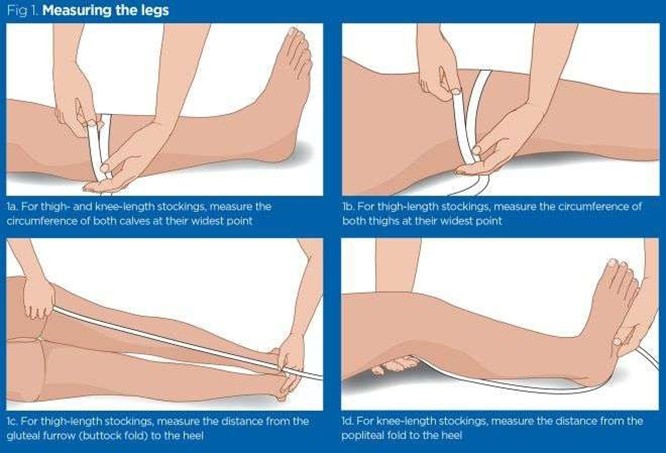A nurse is preparing to administer medications to a client and discovers a medication error.
The nurse should recognize that which of the following staff members is responsible for completing an incident report?
The charge nurse.
The quality improvement committee.
The nurse who identifies the error.
The nurse who caused the error.
The Correct Answer is C
The nurse who identifies the error is responsible for completing an incident report.

Initial reports often come from the frontline personnel directly involved in an event or the actions leading up to it.
Choice A is wrong because the charge nurse is not necessarily responsible for completing an incident report.
Choice B is wrong because the quality improvement committee is not responsible for completing an incident report.
Choice D is wrong because the nurse who caused the error may not be aware of it and therefore may not be responsible for completing an incident report.
Nursing Test Bank
Naxlex Comprehensive Predictor Exams
Related Questions
Correct Answer is D
Explanation

Heparin therapy is used to prevent thrombus propagation and distal embolization while allowing the endogenous fibrinolytic system to dissolve existing clots in deep-vein thrombosis (DVT)1.
A reduction in calf circumference may indicate that the clot is dissolving and the therapy is effective.
Choice A is wrong because platelets within the expected reference range do not necessarily indicate that heparin therapy for DVT is effective.
Choice B is wrong because INR (International Normalized Ratio) is used to monitor warfarin therapy, not heparin therapy.
Choice C is wrong because the presence of pedal pulses bilaterally does not necessarily indicate that heparin therapy for DVT is effective.
Correct Answer is C
Explanation
The nurse should instruct the client to administer the medication through clothing if necessary.

In an emergency, an epinephrine auto-injector can be given through clothing.
Choice A is wrong because massaging the site after injection is not mentioned as something to avoid in the instructions for using an epinephrine auto-injector.
Choice B is wrong because the medication should be injected into the outer thigh, not the abdomen.
Choice D is wrong because aspiration prior to administration of the medication is not mentioned as a necessary step in the instructions for using an epinephrine auto-injector.
Whether you are a student looking to ace your exams or a practicing nurse seeking to enhance your expertise , our nursing education contents will empower you with the confidence and competence to make a difference in the lives of patients and become a respected leader in the healthcare field.
Visit Naxlex, invest in your future and unlock endless possibilities with our unparalleled nursing education contents today
Report Wrong Answer on the Current Question
Do you disagree with the answer? If yes, what is your expected answer? Explain.
Kindly be descriptive with the issue you are facing.
